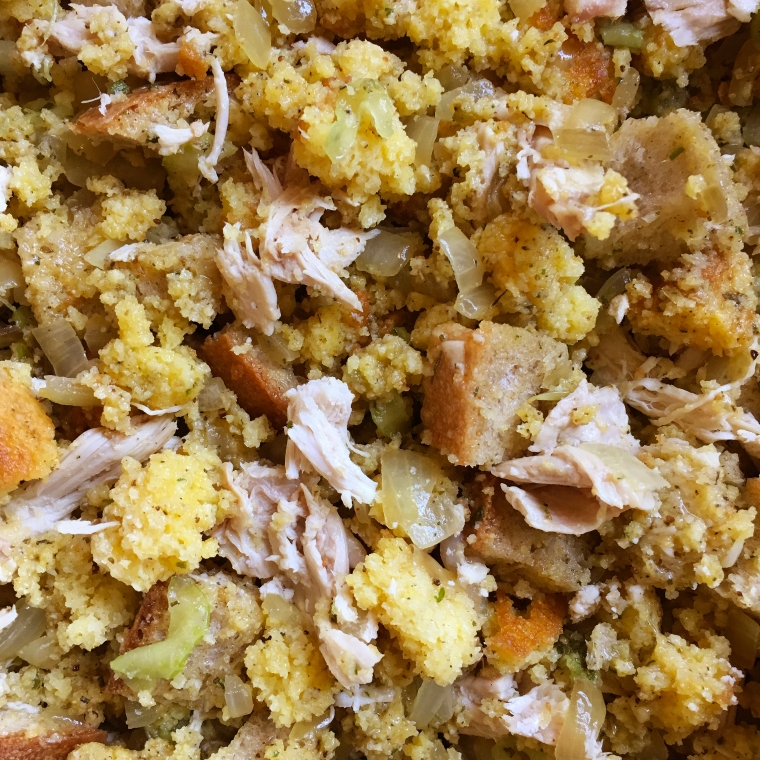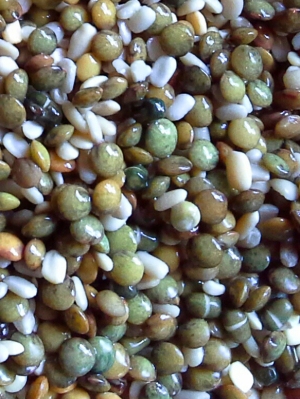Welcome to kitchentrails, don’t forget to click on the Blog
To me, life is about abilities and skills, not how much stuff or money you have.
Canning is one of these skills and abilities that I cherish. My favorite foods to can are meat products, like broth, corned beef, and liver pâté. Most think about jams and jellies when it comes to canning, but I would rather freeze or dehydrate fruit and stay away from the large amounts of sugar that come with canning fruit.
The Benefits of Canning Meat
- are that you don’t need a freezer or freezer space. I think, most who have used a freezer for a while have lost food, due to power outages, a freezer breaking, a freezer door that was not quite closed, food lost in the back or bottom of the freezer for too long. And most people’s freezers are too full and when the food touches the sides, the food will go through the defrost cycle with the freezer.
- You don’t have to defrost canned items
- The meat is already cooked and just needs to be heated
Dangers of Canning Meat
Botulism is a rare but potentially deadly illness caused by a poison most commonly produced by a germ called Clostridium botulinum. The germ produces a toxin in certain conditions, such as when food is improperly canned, that affects your nerves, paralyzes you, and even can cause death. You cannot see, smell, or taste botulinum toxin—but taking even a small taste of food containing this toxin can be deadly. Sorry to scare you like that, but that is the reason you should always follow a recipe from reliable sources such as an extension agency from any state, or jar manufacturer’s booklet.
Chicken ‘n Dressing a Deep South Must

- Don’t use true Southern, all cornmeal, cornbread, make your buttermilk cornbread with lots of butter (1 stick) and half white flour. You want a very moist and rich soft cornbread.
- Cook your cornbread just enough to hold together and get it out of the pan right away to cool off on a plate.
- Cook your chicken a day ahead, cut it into pieces and brown the outside under a broiler to give your broth more flavor
- Use a fatty hen, you want all that chicken grease
- You need about 5 cups of broth, so don’t make much more, you want maximum flavor
- Season the stewing chicken/broth with leeks, carrots, parsnips or parsley stems, celery, garlic, and bay leaf. You want a very flavorful broth, all that bread absorbs so much of the flavor.
- Pull all the meat off the chicken and tear it into bite-sized pieces
- Take all the chicken bones, skin, grizzle and put back in the broth and cook some more flavor out of it
- Fry about 3 diced onions in the 1/2 cup of chicken grease until translucent. I dice my onions a little bigger than normal. Those soft onion pieces will be little soft morsels in the dressing.
- Cut the celery very small or fine, and don’t use too much. I treat it as a seasoning, not an ingredient, it should not stand out.
- Season your dressing with, if possible, fresh herbs and salt and pepper. I use Rosemary, Thyme, Sage and ground Celery Seed
- Use plenty of eggs to keep your Dressing light and moist: at least 5
- Assemble your Dressing the day before without the broth and let the flavors meld
- You could also freeze the Dressing at this point, many Southern cooks make two batches and freeze one for Christmas
- Pour the broth over the Dressing just before baking it
- The quality of your Southern Thanksgiving is really measured by your Dressing, people will praise and enjoy all your other good cooking, but the Dressing makes it.
Chanterelles Variations



I have tried many tricks to peel hard-boiled farm fresh eggs, none of them worked well. Tried baking soda in the water today – it worked beautifully – finally a trick that works: 1 teaspoon of soda in the boiling water

Dried peas, beans, lentils & chickpeas are called pulses, they are a great source of protein, fiber, iron, potassium and folate. They are shelf stable, affordable and versatile. Soak in water with a splash of vinegar and a tablespoon of salt, except for lentils or split peas. Discard the soaking water. On average, 1 lb. of dried equals 3-1/2 cans of drained. For more flavor use broth instead of water and cook with aromatics. Cook beans on low heat. Don’t throw out the liquid, use it for something else like soup. Freezing cooked beans can make them mushy, then you make bean dip, hummus, refried beans, etc. If you eat your pulses with a grain, your meal will be high in all essential amino acids.

